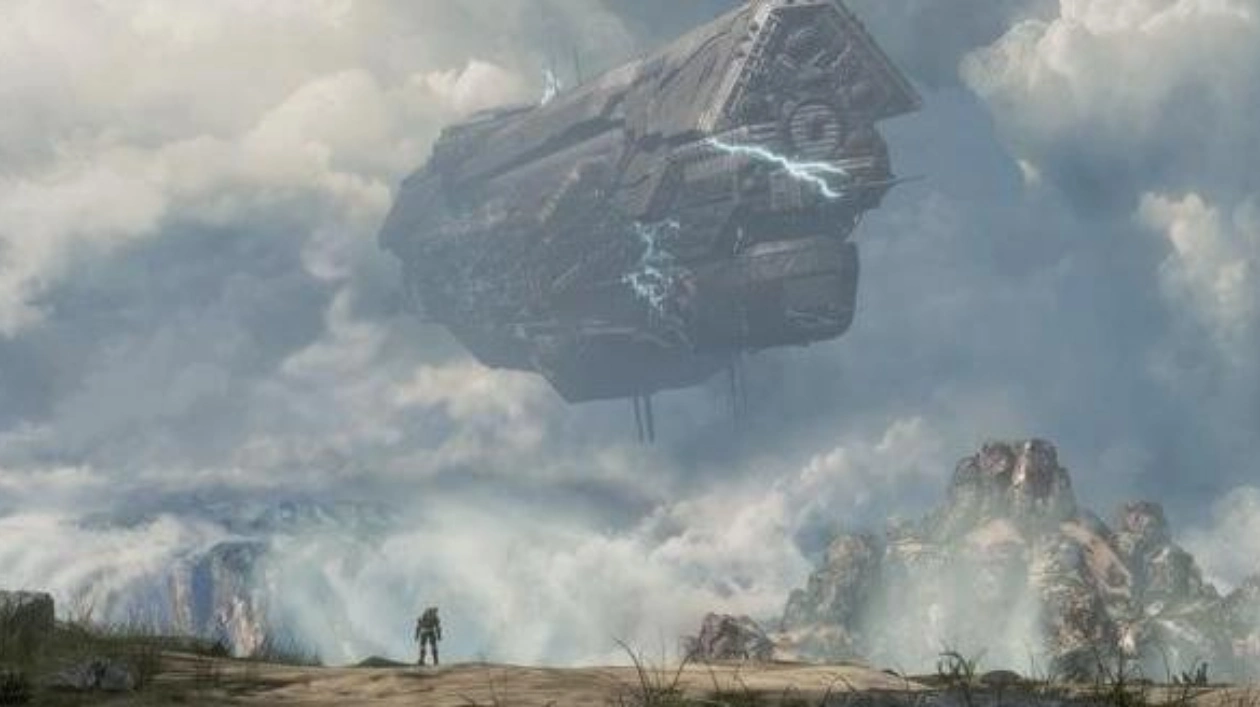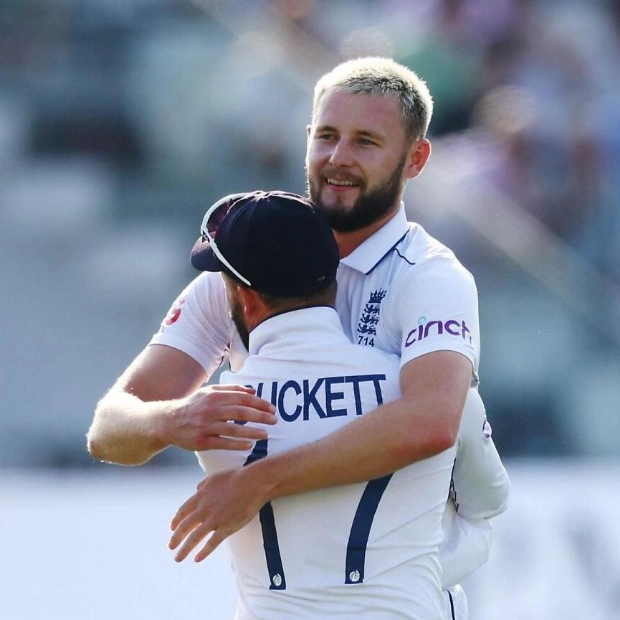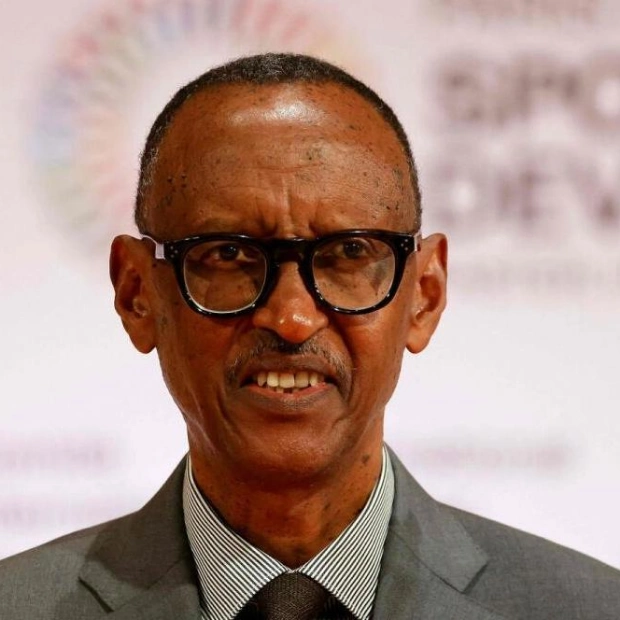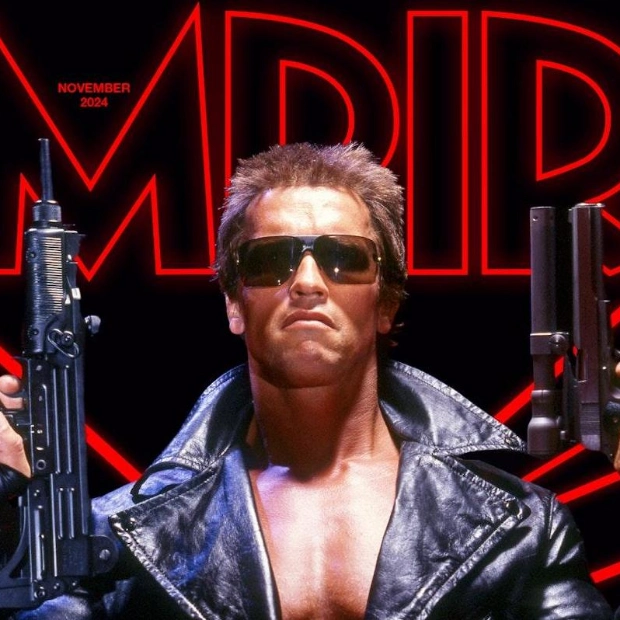Halo: The Master Chief Collection marked its 10-year anniversary on November 11, 2024. Let's revisit the subtle sense of loss that permeates the main trilogy. Halo: Combat Evolved begins with awakening, while Halo 3 ends with sleep. In between lies death. It's a fun, space-themed, exaggerated holy war between Americanized space marines and zealous aliens, united against the zombie-like Flood. Halo isn't pretending to be anything other than a blockbuster FPS, yet there's a sadness to it. The Halo rings are all machines of death, yet they have sunrises, sunsets, wildlife, and ecosystems. They feel alive, despite being carved with ancient technology and echoing with gunfire. Master Chief navigates through it all, a lone figure enveloped in majesty and terror. Despite its grand scale, the original trilogy is an intimate tragedy: just a man and the ghost in his head.
It's easy to forget that Halo: Combat Evolved was initially stark and bare. Over the years, it has spawned multiple miniseries, a TV show, an abandoned movie project, dozens of novels, and real-time-strategy spin-offs. It's a multimedia phenomenon, though not all projects were successful. Despite this, Halo: Combat Evolved itself doesn't explain much. You gather details from context, but it's challenging if you're not paying attention. Every character you meet, except Master Chief and Cortana, likely perishes in the explosive finale. The game is quick, but the story is ponderous and exposition-heavy, with little emotional investment. Master Chief is stoic, a halfway point between a silent protagonist and a fleshed-out hero. Cortana is flirty and expressive, but there's not much depth to her. Most of Halo's emotional space is filled with impressive combat and sometimes-transcendent level design. It has a lot of empty space, giving you walking time and flying or driving through familiar places. Not all of it is good; The Library is one of the most miserable levels in FPS history. However, this non-combat time offers beauty and melancholy. The game's best moments, like The Silent Cartographer's sprawling set pieces and Halo's rambunctious road trip, offer interludes in Halo's natural world. Drives between mission locations and firefights grant contemplation. Its level design lets you look up at the sky as much as run down your enemies.
Halo isn't just about nature walks. Its final set piece, an exhilarating drive across a capital ship, gets interrupted when Cortana calls in a transport for evac. It's immediately shot down. The set piece pauses in a strange, grieving breath. You hear the pilot's dying words, then an explosion. Cortana says, 'She's gone,' a beat passes, then she adds, 'Calculating alternate escape route.' This moment complicates the escape, stretching the set piece further. But that death hangs in the air. Master Chief will escape this alone. Halo 3 offers a parallel set piece: another driving escape across an exploding spaceship. This time, most of the Chief's allies escape, but he stays behind. He and Cortana float in one half of a spaceship and he goes into cryosleep again. His last words are, 'Wake me when you need me.' What else would you need him for but killing? It was inevitable that he would wake up again. But, absent any follow-ups, that fact is more dreadful than inspiring. The fight finished with nothing to hope for but another one beginning.
Narratively, single-player Halo since Reach has been stuck. Halo 4, 5: Guardians, and Infinite are all soft franchise reboots. Ultimately, they lack the satisfying arc of the original games. Halo 4 picks up a few years after Halo 3, with Master Chief awakening again from cryosleep. Guardians holds onto some of 4's plot threads but turns Cortana into a malevolent AI, setting her up to be the big bad of a sequel that never came. Infinite is a Force-Awakens-esque run at the original Halo, ending with the promise that the franchise will continue as it began. In these games, the tragedies are grand and explicit. Across Infinite's Halo ring, you'll find audio logs with the words of the dead. Cortana cries when she dies in Halo 4 and quotes Virginia Woolf's actual suicide note in Infinite. It's cheap tragedy. In the Bungie games, except Reach, most main characters live. Cortana and the Arbiter both make it to the end, though side characters like Miranda Keyes and Sergeant Johnson are less fortunate. Most deaths are of generalized populations or offscreen. Master Chief carries a grief that is almost absent—historical even. Reach's surface was already destroyed, 'glassed' as the games put it. Chief does win the war, but the battle was lost before he could start.
In contrast, Infinite wakes up Chief after hope is lost and lets him blaze across the battlefield, triumphing over enemies that every other Spartan could not defeat. In Infinite, he wins the battle with the promise that he'll win the war too. It starts in tragedy, sure. But its ending is hopeful, for perhaps the first time in Halo, rife as it is with tragic endings and cliffhangers. This isn't necessarily bad, but it does illustrate the limits of franchise storytelling. There must always be another fight, and it must still be empowering and fun, even if Chief is ever more world-weary. It means that future Halo games will likely never match Halo 3's ending note: sleeping and waking up, with nothing but death to frame your days.
Source link: https://www.gamespot.com






